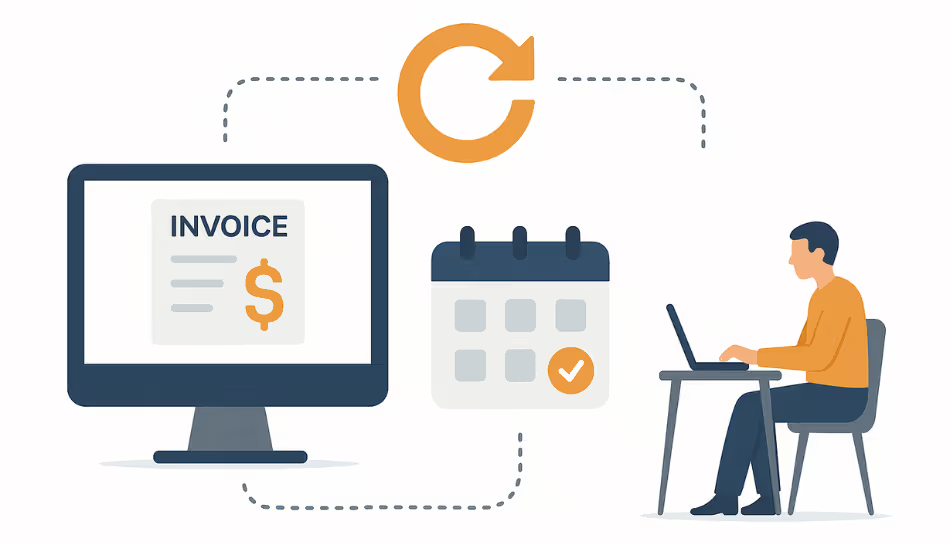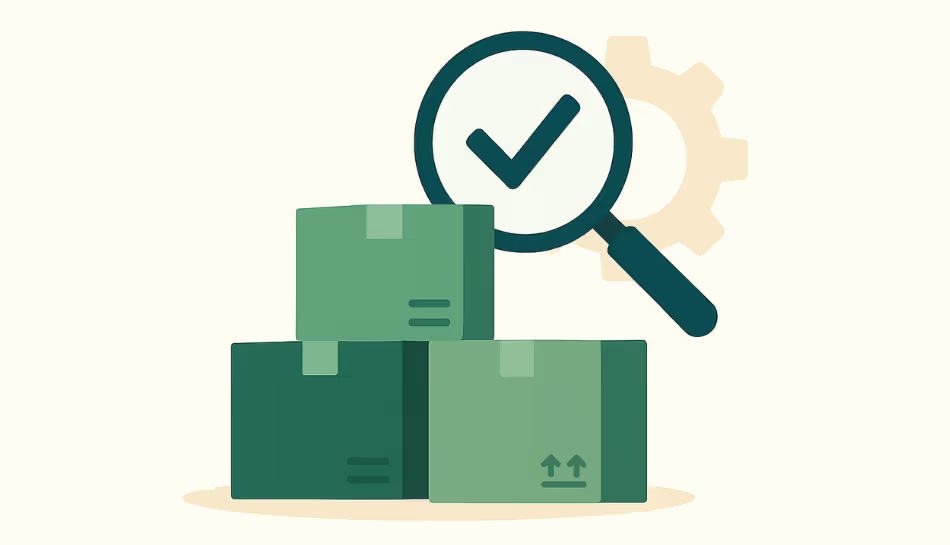
In today’s digital world, where subscriptions and memberships are the norm, one feature has become more important than ever in billing software: recurring billing.
Whether you're a SaaS company, a gym, a digital magazine, or a service-based business offering monthly retainers, recurring billing software makes it easier to manage repeated payments without manual effort. It helps you get paid on time, improve customer experience, and reduce errors.
Let’s break down why recurring billing is the most sought-after feature and what you should look for in the best recurring billing system for your business.
What Is Recurring Billing?
Recurring billing is the process of automatically charging customers at regular intervals, weekly, monthly, quarterly, or annually, for a product or service. Instead of sending a new invoice each time, your billing system automatically generates and processes payments based on the customer’s billing cycle.
Think Netflix, Spotify, or your monthly cloud storage provider. That’s recurring billing in action.
Why Is Recurring Billing So Valuable?
1. Saves Time and Effort
Manually creating and sending invoices each month can be exhausting. A recurring billing tool automates the entire process, freeing up your team’s time to focus on more important work.
2. Improves Cash Flow Stability
Recurring payments provide predictable revenue, making it easier to manage cash flow. You know when payments are coming in and how much to expect.
3. Reduces Billing Errors
Manual billing leaves room for mistakes, missed invoices, incorrect amounts, and late entries. A recurring billing system reduces human error and ensures accuracy every time.
4. Enhances Customer Experience
Customers don’t want to be reminded every month to pay. With recurring payment software, they subscribe once, and the system handles the rest, quietly and efficiently.
Key Features to Look for in Recurring Billing Software
If you're in the market for the best recurring billing software, here are the top features to prioritize:
Daily, weekly, monthly, yearly, you should be able to set up custom billing intervals based on your business model.
Look for recurring invoicing software that auto-generates invoices and sends payment confirmations to customers.
Choose a solution that supports credit/debit cards, UPI, net banking, and wallets, especially if you’re operating in India.
A good recurring billing solution will help you handle GST, e-invoicing, and other regional tax rules.
Let customers view their billing history, download invoices, and manage subscriptions on their own.
If a payment fails, your system should automatically retry, notify the customer, and keep records for follow-up.
Best Use Cases for Recurring Billing Systems
Recurring billing isn’t just for tech companies. It’s useful across industries:
If you have a product or service that repeats regularly, recurring payment systems make your business more efficient.
Final Thoughts
In 2025, automation is no longer a bonus, it’s a necessity. And when it comes to getting paid, nothing brings more reliability and simplicity than recurring billing.
The right recurring billing software helps you build customer trust, reduce admin workload, and maintain steady revenue. It’s no wonder businesses across industries consider it one of the most valuable features in a billing system.
If your business thrives on subscriptions, retainers, or ongoing services, it’s time to move beyond manual billing, and into a future where payments take care of themselves.

